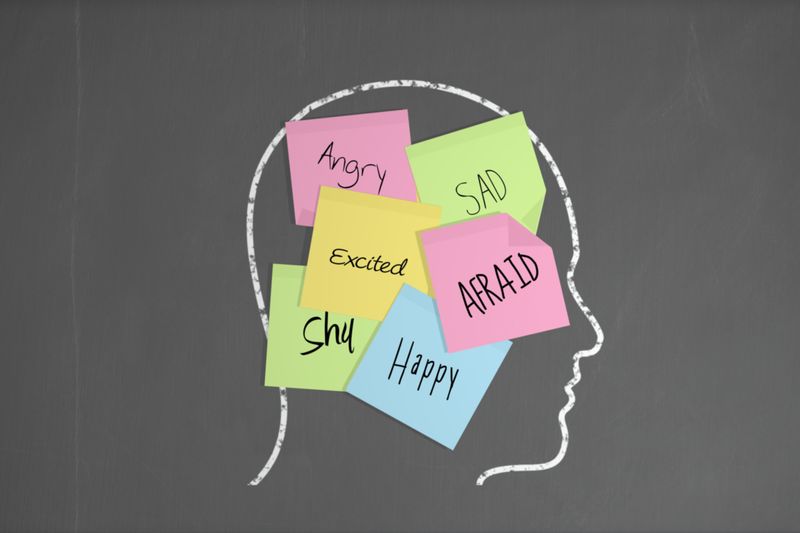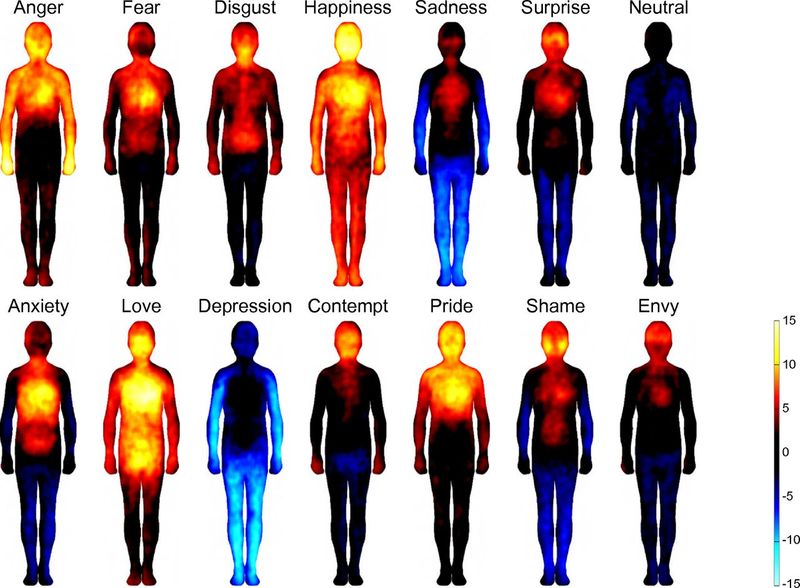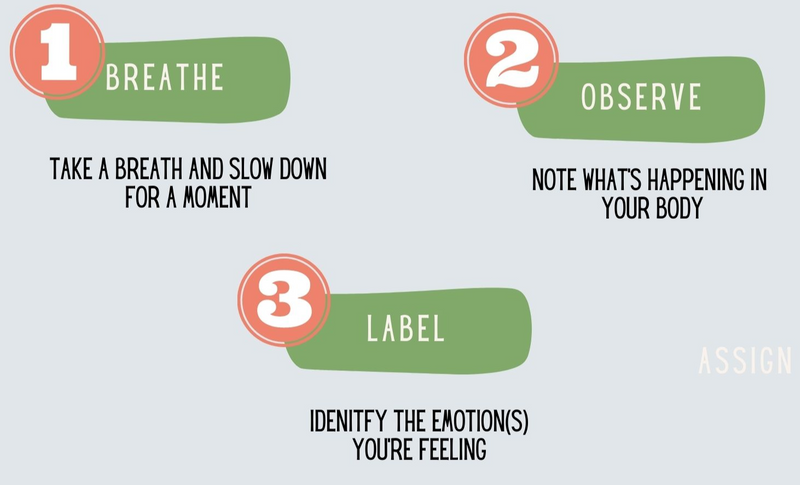
This logo isn't an ad or affiliate link. It's an organization that shares in our mission, and empowered the authors to share their insights in Byte form.
Rumie vets Bytes for compliance with our
Standards.
The organization is responsible for the completeness and reliability of the content.
Learn more
about how Rumie works with partners.
Think back to a time when you experienced a strong emotion such as:
joy
sadness
fear
Now think about how your body felt.
 You might have been shaking, crying, or you might have felt light and tingly.
You might have been shaking, crying, or you might have felt light and tingly.
Your emotions and bodily reactions are intertwined. Understanding the relationship can have positive effects on your life!
Why It Matters

Tuning into your body's physical reactions helps you identify the emotions you're experiencing.
Once you're more in touch with your emotions, you can begin to express them better verbally and understand yourself more.
Understanding and expressing your emotions can help with your well-being, promote healthy coping, and support deeper relationships.
Did you know?
The Body-Mind Connection

As you go about your day, your brain constantly receives signals from your body, registering the emotions you're feeling.
These bodily reactions are automatic, hard to control, and often occur before you even know you're experiencing a particular emotion.
For example:
the hairs on the back of your neck might stand up when you sense danger
your face might turn red if you're embarrassed
you may start shaking uncontrollably if you're afraid
your body could feel numb if you're in shock

Examples Of Bodily Reactions To Emotions
Fear 😱
Racing heart
Dry mouth
Pale skin
Happiness 😻
Light feeling in chest
Energetic overall
Flushed skin
Sadness 😭
Slowed heart rate
Lethargy
Stomach or chest pain
Anger 😤
Chest pressure
Raised heart rate
Blood rushing into head
Did you know?
Activation Points In The Body

The chart above shows actual activation points (red/yellow) and deactivation points (bright blue/light blue) that occur in the body in association with a variety of emotions. Black is neutral.
For example, anxiety results in increased sensation in the chest, stomach, neck, and sides of the head, and decreased sensation in part of the legs.
Quiz
Refer to the chart above. Which emotion is reflected as activation in the head and upper chest, and deactivation in the upper and lower legs?
The chart shows us that surprise is reflected in this way. Depression is reflected by deactivation throughout almost the entire body; happiness by activation throughout almost the entire body; and fear by activation in the head, chest, stomach, hands, and feet, while the legs remain neutral.
Did you know?
How To Tune In

The next time you're experiencing an emotion but can't put your finger on what it is, take a moment to focus on what's going on in your body. This can help you clarify your emotions.

Meet Yasmina

Yasmina sometimes has emotional outbursts that seem to come out of nowhere. She wants to get a better idea of what's going on. What can she do the next time this happens?
A. Call her mom and discuss her childhood history of outbursts.
B. Note what's happening in her body and identify her feelings.
C. Start journaling and reflecting on her emotions in general.
D. Stop and take a walk to help alleviate the stress in her life.
Quiz
What should she do?
Yasmina can get in better touch with her feelings in the moment by taking a breath, slowing down, and tuning in to what's going on in her body. She could also refer to the activation chart to help her figure it out. The other solutions may be useful as longer term strategies.
Did you know?
Take Action
Now that you know how your emotions and bodily reactions are related, check out these Bytes to learn more:

This Byte has been authored by
Mary Ellen D'Intino
Learning Designer | Licensed Social Worker
M.Ed., LSW
This Byte has been reviewed by
Lana Do
MD, MPH, BCMAS